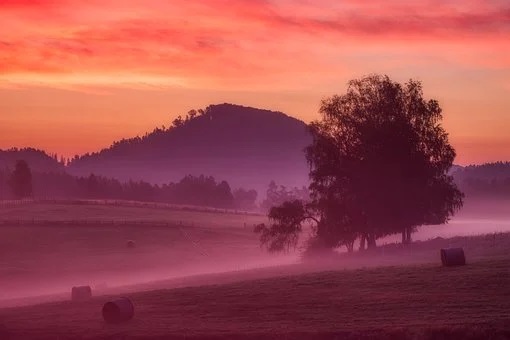The way is to recognize clearly the cause of one's suffering in countless lifetimes is selfishness. That includes suffering of death in this life as well as innumerable such suffering over previous lifetimes. In the context of relative truth, selfishness is a mistaken concept; in the ultimate truth, there is neither self nor life or death. Therefore, we must resolutely put an end to all those notions born of selfishness, such as "I want", "I hate", "I like", "I ..." and so forth.
~Depicted from THE HANDBOOK'S FOR LIFE JOURNEY - On Death And Rebirth-Key Points for Practicing Bodhicitta on Deathbed











